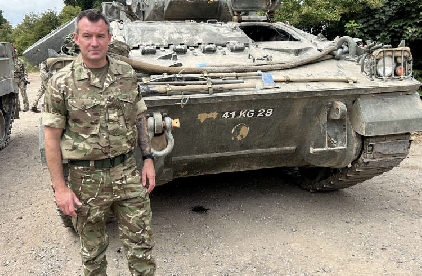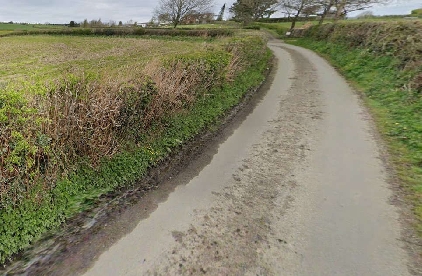
Shropshire’s fire service is set to miss its response time targets for the third year in a row.
Shropshire and Wrekin Fire and Rescue Authority’s strategy and resources committee will meet next week to agree service targets for 2020/21, including response times, number of fires and number of fire-related deaths and serious injuries.
A report to the committee predicts that by the end of 2019/20 the service will have failed to meet its target of reaching 89 per cent of incidents within 15 minutes. It forecasts the final figure will be 85 per cent, down from 86 per cent in 2018/19.
In 2017/18 the target was achieved and in the two years before that it was exceeded, with 90 per cent of incidents reached within the expected time frame.
But the fire authority claims the figures could be skewed by a reduction in the total number of fires, which has mostly been seen in areas served by ‘wholetime’ staffed stations, rather than those relying on retained firefighters, often in more rural areas.
“It is noteworthy that Shropshire are not alone in this downward trend, with slower response times being seen across the country,” the report says.
“There is growing evidence, supported by our own local analysis, that the most significant reason for this ‘apparent’ poorer performance, might actually be a perverse consequence of the excellent work the fire service has been doing nationally, to drive down the number of fires.
“This work has predominantly focussed in our wholetime areas, where the higher number of fires occur.
“The reduction in the numbers we have seen in these areas has resulted in the
location of the ‘average’ incident being further away from our stations;
therefore, increasing the travel time.”
Service targets will be further explored in a new risk management plan to take effect from May 2021, being developed by the new ‘Strategic Alliance’ between Shropshire and Hereford and Worcester fire services.
Until then, the committee will be asked to maintain the current 89 per cent for another year despite the likelihood that “achievement of the current target will remain challenging going forward”.
The report concludes: “The monitoring the Service carries out with all incidents that fail to meet this standard will help inform future strategies, both in relation to prevention and response activities.”


 MP graduates from Armed Forces Parliamentary Scheme
MP graduates from Armed Forces Parliamentary Scheme
 Tom Grennan to perform at Ludlow Castle
Tom Grennan to perform at Ludlow Castle
 Revealed: The main roads in Herefordshire prioritised for repairs
Revealed: The main roads in Herefordshire prioritised for repairs
 Villagers fustrated over lack of road repairs
Villagers fustrated over lack of road repairs
 New Food and Drink group launched at online event
New Food and Drink group launched at online event
